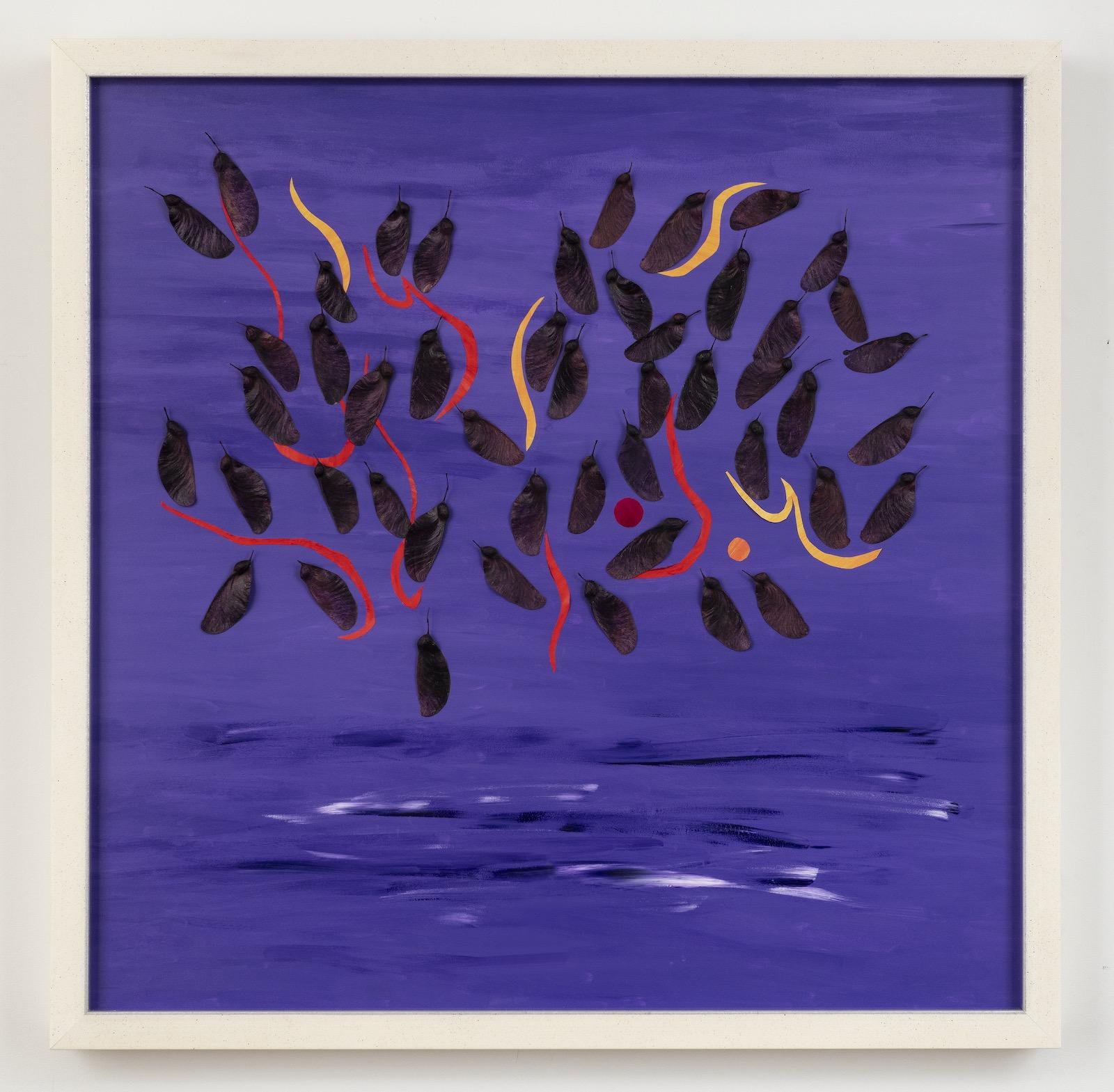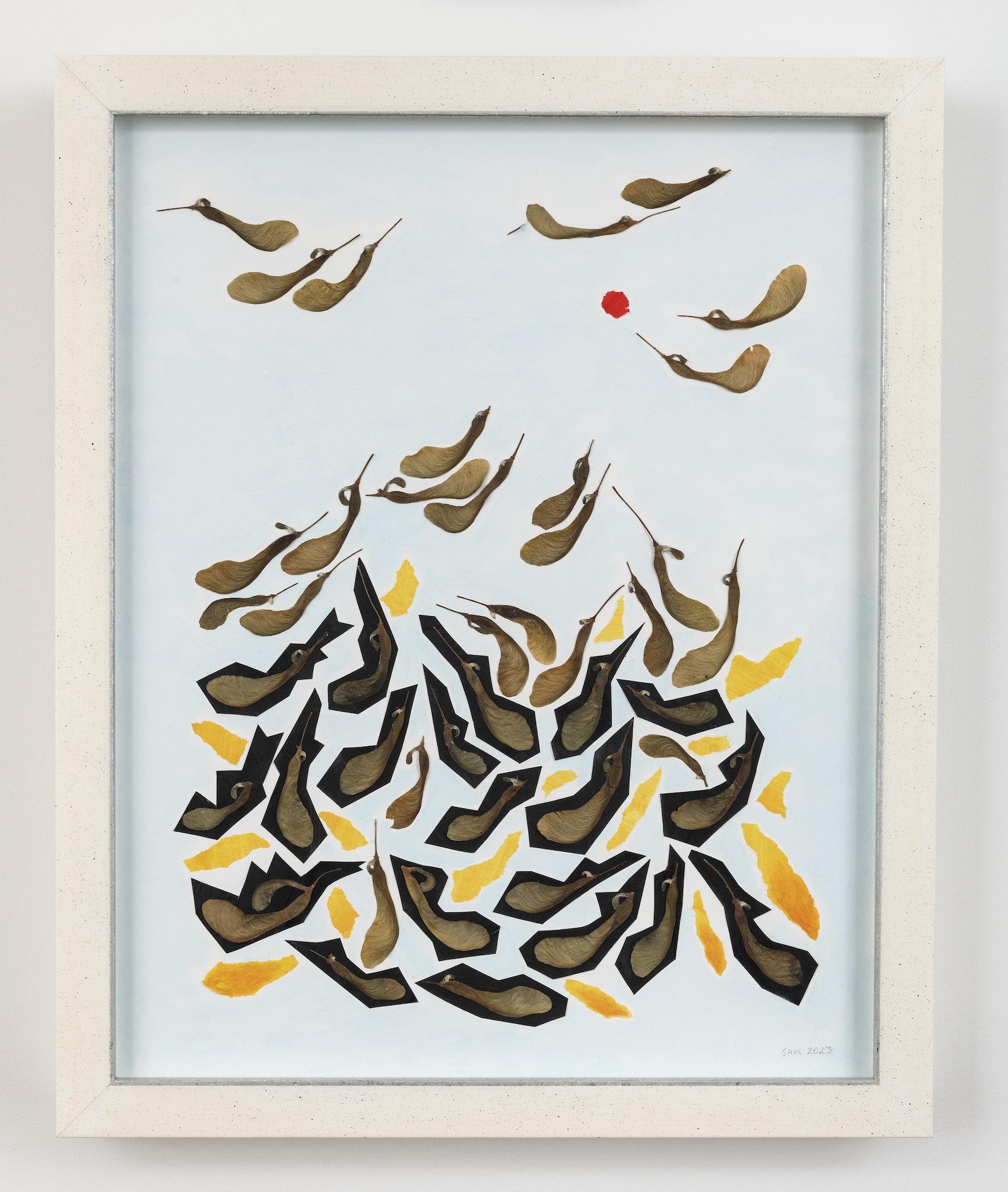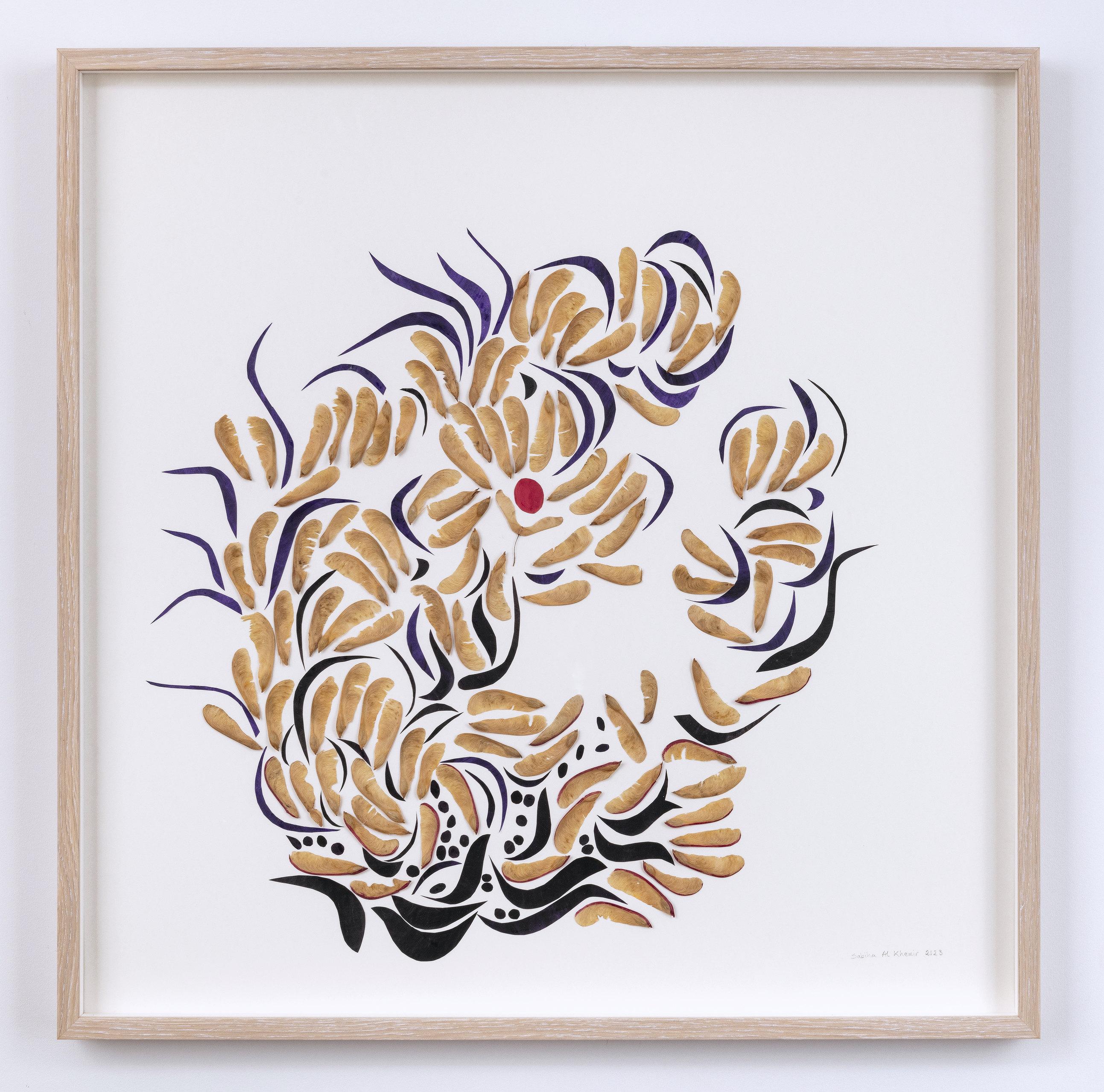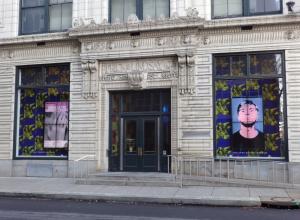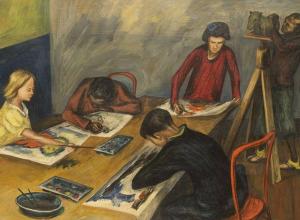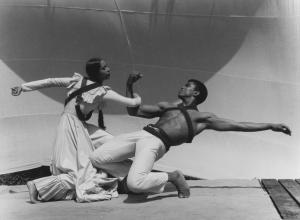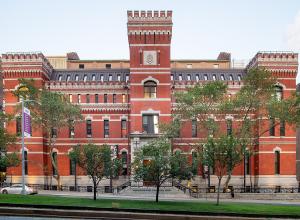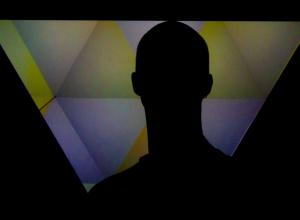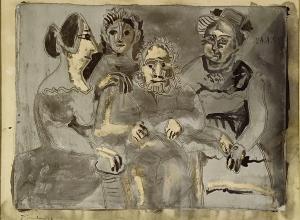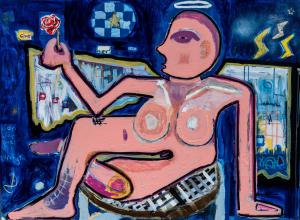The vibrant colors of Persian miniatures and illuminated Arabic manuscripts, with their juxtaposition of colorful diacritical marks and dark ink calligraphy, serve as a profound influence on Al Khemir's work. The fluid lines and rhythm of calligraphy, as well as the pulse of Islamic art in general, find their way into her artwork. Some samaras themselves resonate with calligraphic form, and the rhythmic repetition and symmetry inherent in Islamic art inspire her creations.
Traveling across the world in pursuit of Islamic art, Al Khemir has been immersed in the field for many years. She has seen literally tens of thousands of Islamic art pieces. “Essentially, the devotion of the makers of traditional Islamic art was to the work itself because they believed creativity came from a higher source, not from them. All that I have absorbed and all that I love in Islamic art has found its way to my artwork. I hope this exhibition fosters an awareness of nature and its beauty and that visitors enjoy the dance and serenity of the samaras. Bringing together the seeds from different parts of the world holds the energy of connecting people.”
In the words of Maxwell L. Anderson, art historian, curator and director of five museums including The Whitney Museum of Art : “Art historians instinctively draw connections and intuit inspiration. Some of Al Khemir’s compositions recall the jubilant cutouts of Matisse or the biomorphic geometries of Miró. But such analogies are limiting and do no justice to her unique tributes to a humble seed. Rather than settle into a formula, she restlessly and winningly experiments with samara seeds, in full acknowledgment that their journeys, like hers, are global…The samaras are for Al Khemir metaphorically connected to her own migratory patterns—from North Africa to Europe, the Middle East, the United States, and beyond.”
Coinciding with the October exhibition, a new book of 40 illustrations called Seed Art of Sabiha Al Khemir will be published by Ediciones El Viso.




